Melbourne's Dark Secrets Unveiled
Join our free walking tour exploring Melbourne's hidden true crime history, from notorious criminals to haunted landmarks that tell captivating stories.
Time
3 Hours
Stops
9 Places
Distance
3.6 km
Flinders Street Station
Begin your tour at the iconic Flinders Street Station, a cultural and architectural landmark that has been the heart of Melbourne's transport network since the early 1900s.
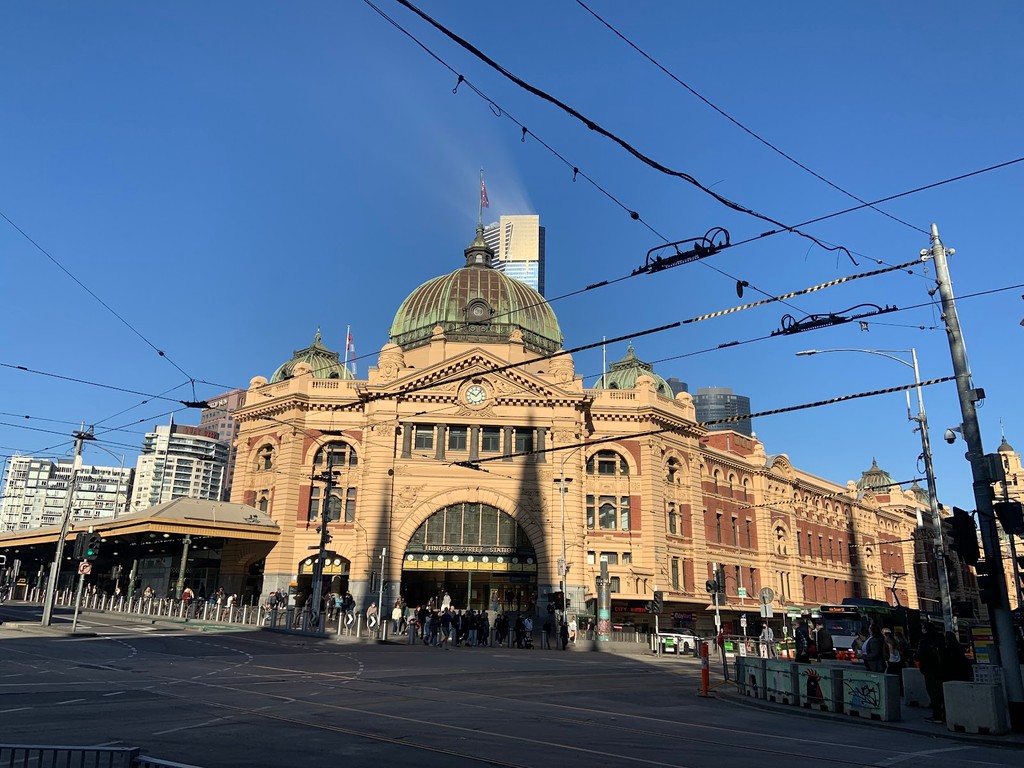
Flinders Street Station (Source: Google Maps)
Flinders Street Station is Melbourne's iconic transport hub, recognized for its stunning Victorian architecture. Completed in 1910, it features a distinctive dome and clock tower, making it a vital part of the city’s identity and a meeting point for locals and tourists alike. The station has witnessed the evolution of Melbourne's public transport and continues to serve as a gateway for millions of passengers each year. Its historical significance is enhanced by its role in various cultural events and its proximity to the vibrant Federation Square.
Federation Square
Just across from Flinders Street Station, Federation Square is a modern cultural precinct known for its unique architecture and vibrant arts scene.
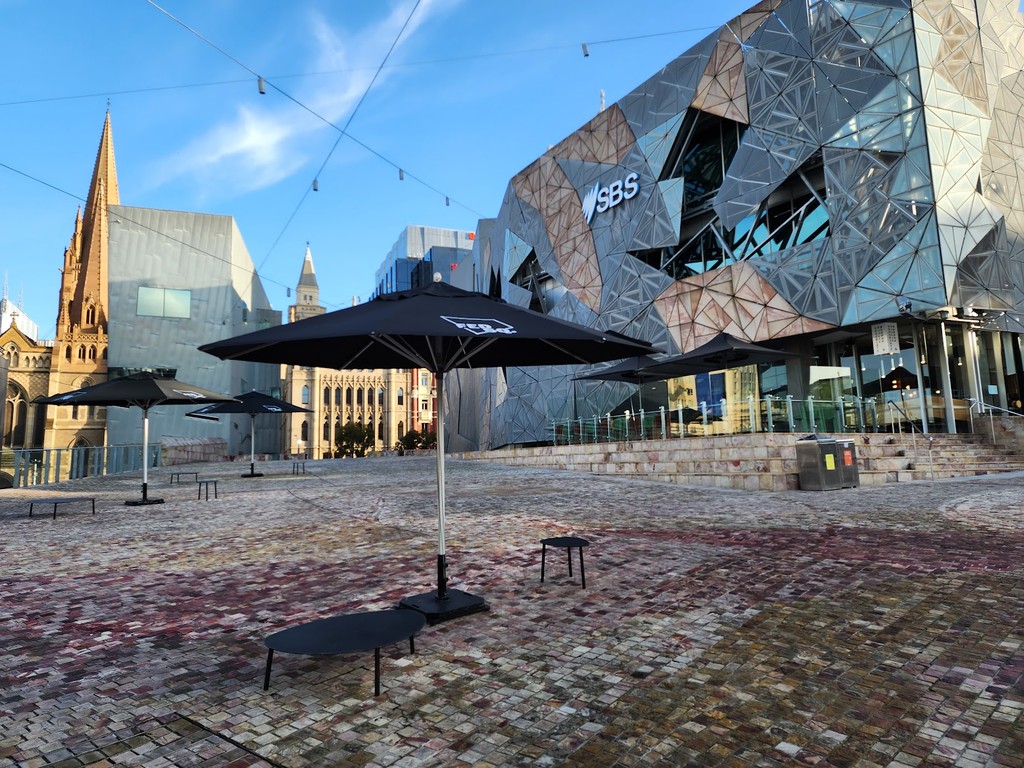
Federation Square (Source: Google Maps)
Federation Square, located opposite Flinders Street Station, is a cultural precinct celebrated for its contemporary architecture and lively atmosphere. Designed to host public events, festivals, and exhibitions, it is home to several major cultural institutions, including the Australian Centre for the Moving Image (ACMI) and the National Gallery of Victoria. The square's unique design incorporates a blend of glass and sandstone, symbolizing Melbourne's diverse culture. It serves as a focal point for social interaction and artistic expression, making it a must-visit location for anyone exploring the city.
Hosier Lane
A short walk from Federation Square, Hosier Lane is famous for its dynamic street art and graffiti, representing Melbourne's urban artistic expression.
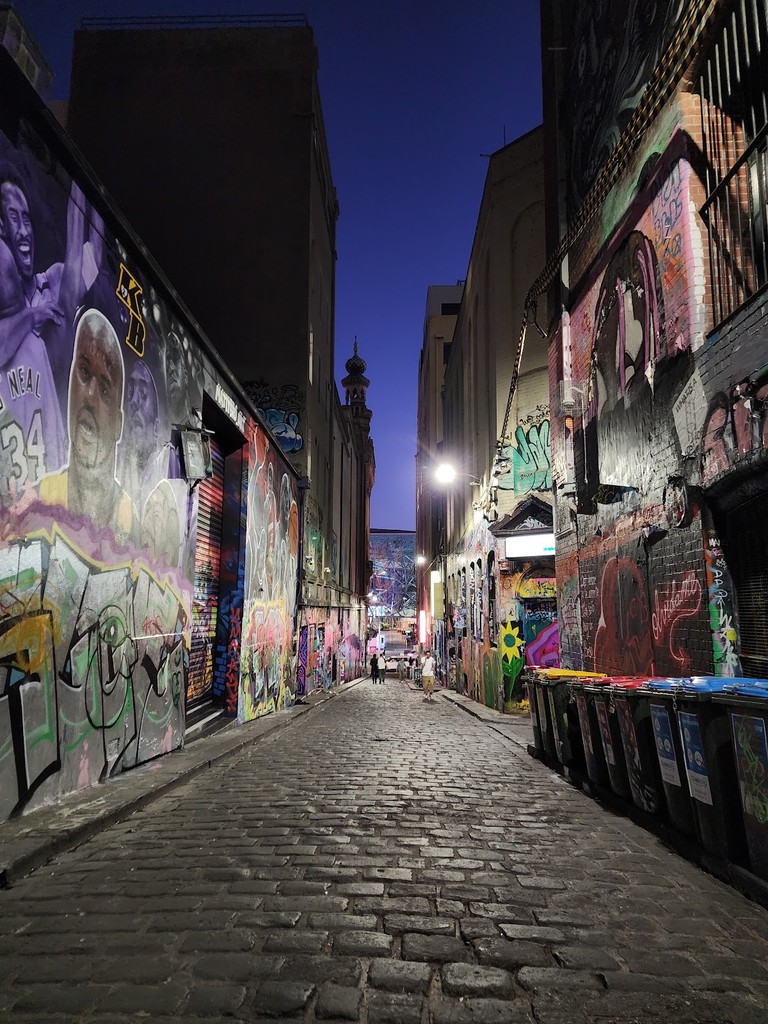
Hosier Lane (Source: Google Maps)
Hosier Lane is renowned for its vibrant street art and graffiti, embodying Melbourne’s urban artistic spirit. This laneway has become an open-air gallery, showcasing the works of both local and international artists. The ever-changing murals reflect the city's dynamic culture, with themes ranging from social issues to pure artistic expression. As one of the most photographed spots in Melbourne, Hosier Lane invites visitors to immerse themselves in the creative energy that thrives in the city. Its popularity has also spurred discussions about art, gentrification, and the role of public spaces in urban environments.
Chinatown, Melbourne
Discover Melbourne's vibrant Chinatown, rich with history and offering a glimpse into the city's diverse cultural tapestry.
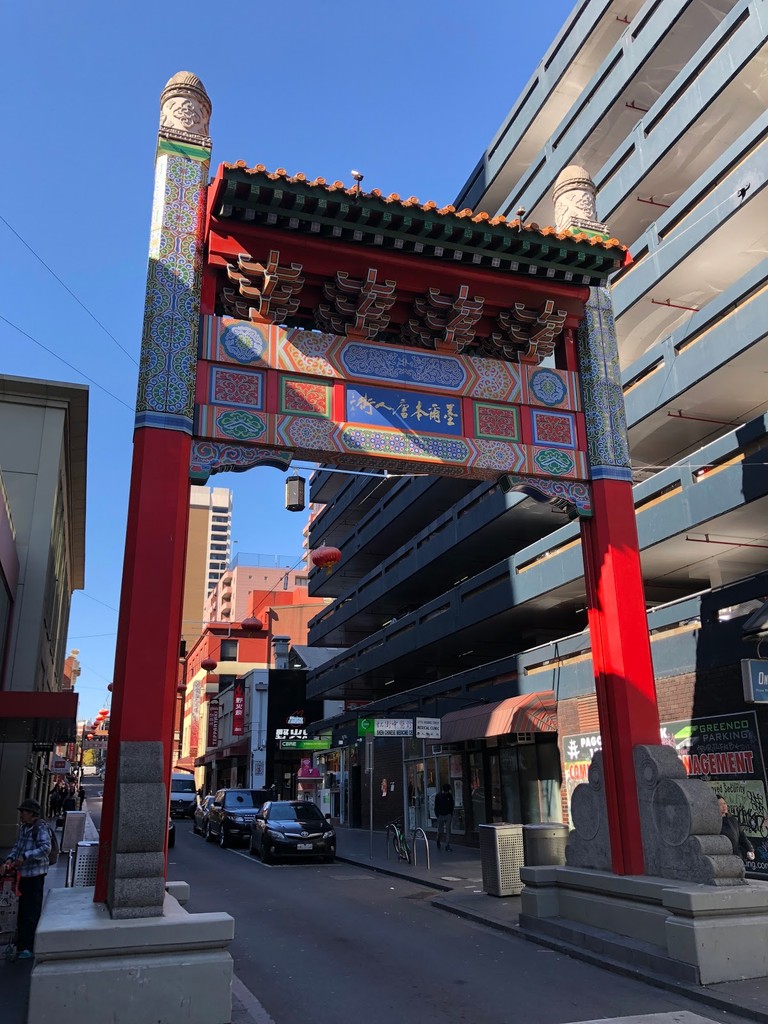
Chinatown, Melbourne (Source: Google Maps)
Melbourne's Chinatown is a bustling area rich in history, dating back to the 1850s during the Australian gold rush. It is one of the oldest Chinatowns in the Western world and serves as a vibrant hub of cultural diversity. The precinct is characterized by its traditional Chinese architecture, lanterns, and a plethora of restaurants and shops offering authentic Asian cuisine. Throughout the years, it has played a crucial role in Melbourne's cultural tapestry, hosting numerous festivals and events that celebrate Chinese heritage, including the famous Chinese New Year celebrations, attracting thousands of visitors each year.
Melbourne Central Station
Visit the Melbourne Central Station, a bustling hub that also houses the Coops Shot Tower, seamlessly blending history within a modern setting.
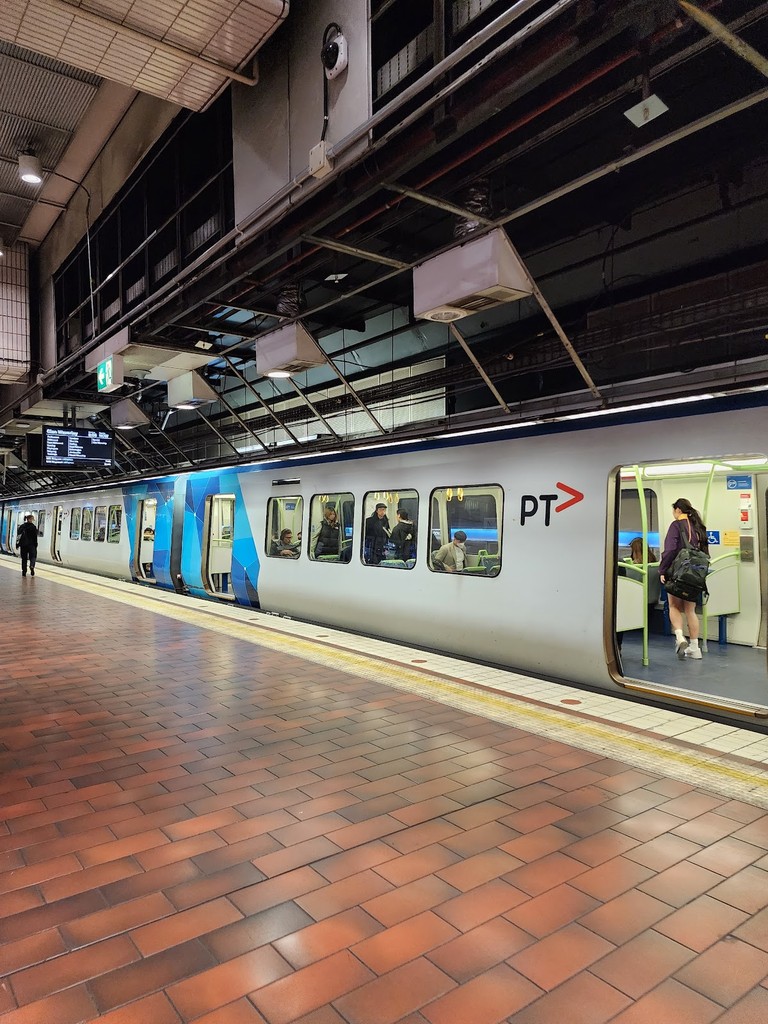
Melbourne Central Station (Source: Google Maps)
Melbourne Central Station is not just a transport hub but also a historical site that integrates the Coops Shot Tower, a remnant of the city’s industrial past. The station’s modern design features a stunning glass dome that creates a striking contrast with the historic tower. Opened in 1980, it serves as a vital connection point for commuters while housing a shopping center that enhances the experience of travelers. The melding of history and modernity makes Melbourne Central a quintessential representation of the city’s evolution and its commitment to preserving its heritage while embracing the future.
State Library Victoria
Walk over to the State Library Victoria, a stunning 19th-century library renowned for its architecture and extensive collection, including exhibitions on Melbourne's history.
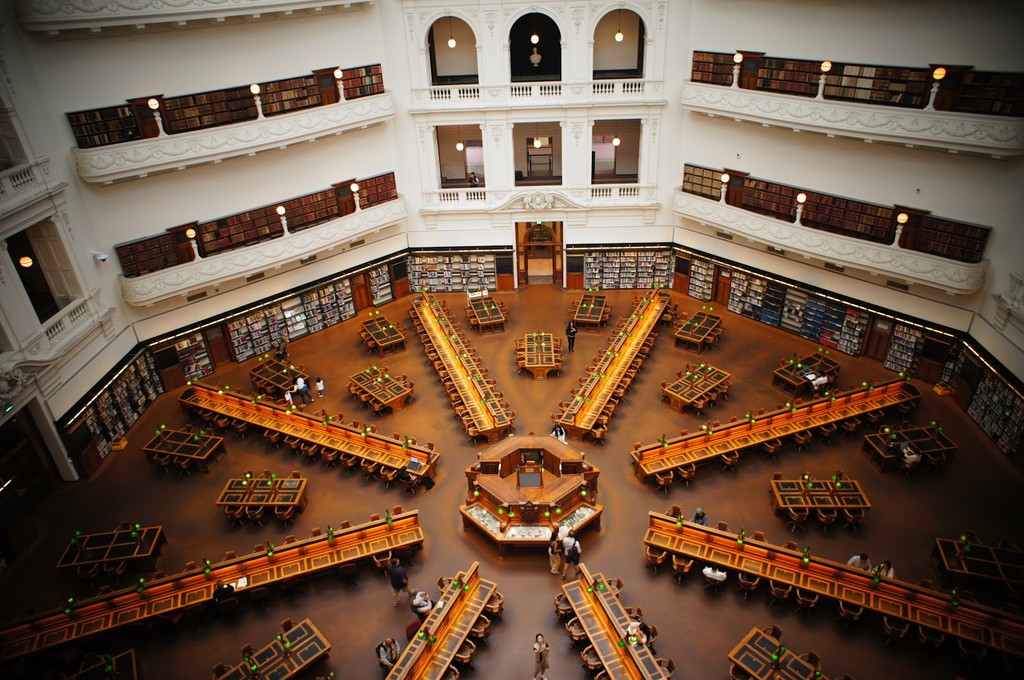
State Library Victoria (Source: Google Maps)
State Library Victoria, established in 1854, is one of the world's great libraries and a treasure trove of knowledge and history. Its magnificent architecture features a stunning dome and a vast collection of books, manuscripts, and artworks. The library is not only a place for reading and research but also hosts exhibitions that highlight Melbourne’s history and cultural heritage. It has been a center for learning and exploration for generations, offering programs and resources that engage the community. The library's rich history and architectural beauty make it a significant landmark in the heart of Melbourne.
Old Melbourne Gaol
Explore the Old Melbourne Gaol, a historic site where some of Australia's most notorious criminals, including Ned Kelly, were held and executed.
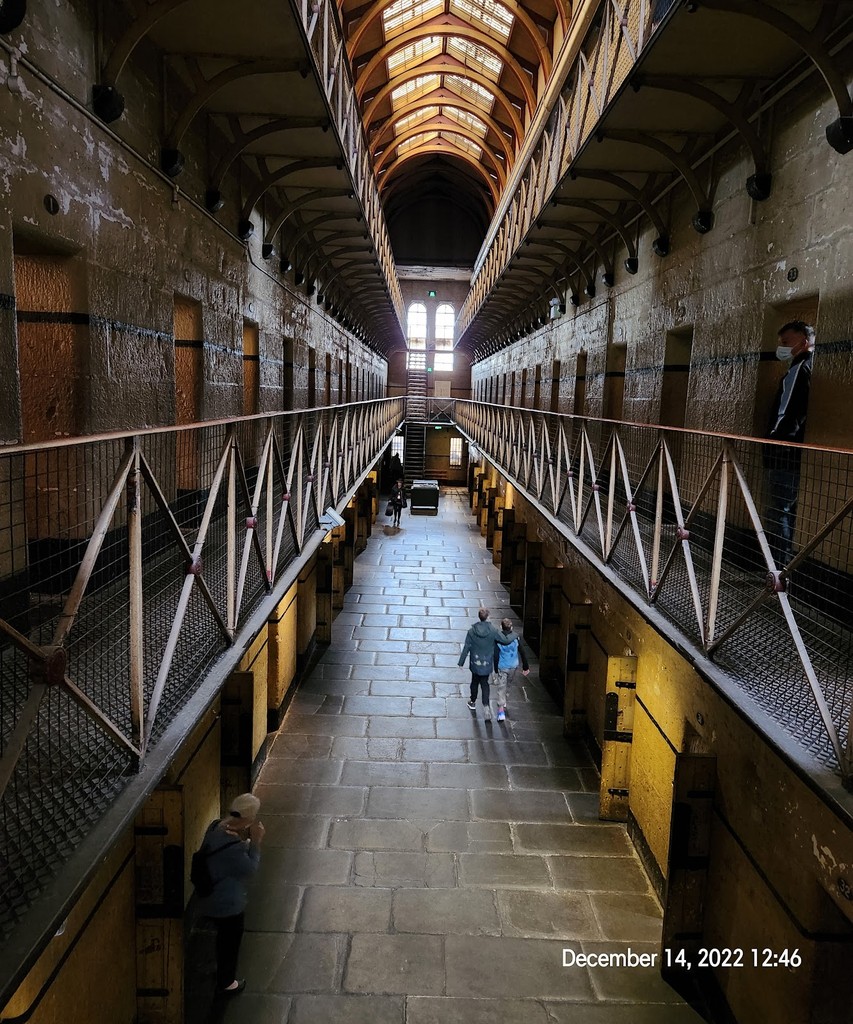
Old Melbourne Gaol (Source: Google Maps)
The Old Melbourne Gaol is a historic site that once housed some of Australia's most infamous criminals, including the notorious outlaw Ned Kelly. Built in the 19th century, the gaol is a grim reminder of the city’s penal history and has since been transformed into a museum that educates visitors about crime and punishment in early Australia. The building's architecture reflects the harsh realities of its time, and guided tours often recount chilling tales of its former inmates. The gaol is not only a place of historical significance but also a site that embraces the darker aspects of Melbourne’s past.
Princess Theatre
Head to the Princess Theatre, a historic venue that is not only known for its performances but also for its ghost stories, adding a touch of true crime intrigue.
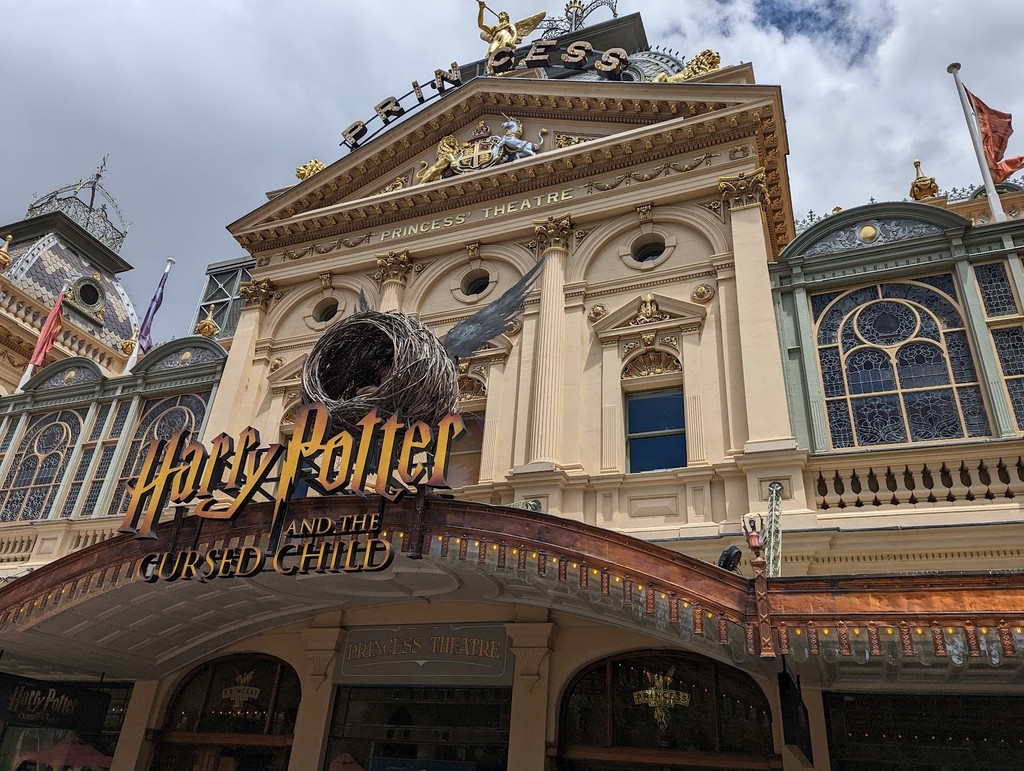
Princess Theatre (Source: Google Maps)
The Princess Theatre is a historic venue renowned for its stunning architecture and rich cultural heritage. Opened in 1857, it has hosted countless performances and is famous for its elaborate interior, featuring ornate plasterwork and a grand chandelier. The theatre is also known for its ghost stories, adding an element of true crime intrigue to its history. Many believe it to be haunted by the spirit of a former performer, which has contributed to its allure. The Princess Theatre remains a vital part of Melbourne’s performing arts scene, attracting audiences with its captivating productions and storied past.
Parliament House, Melbourne
Conclude your tour at the grand Parliament House, home to the Parliament of Victoria, showcasing stunning architecture and the political history of the region.
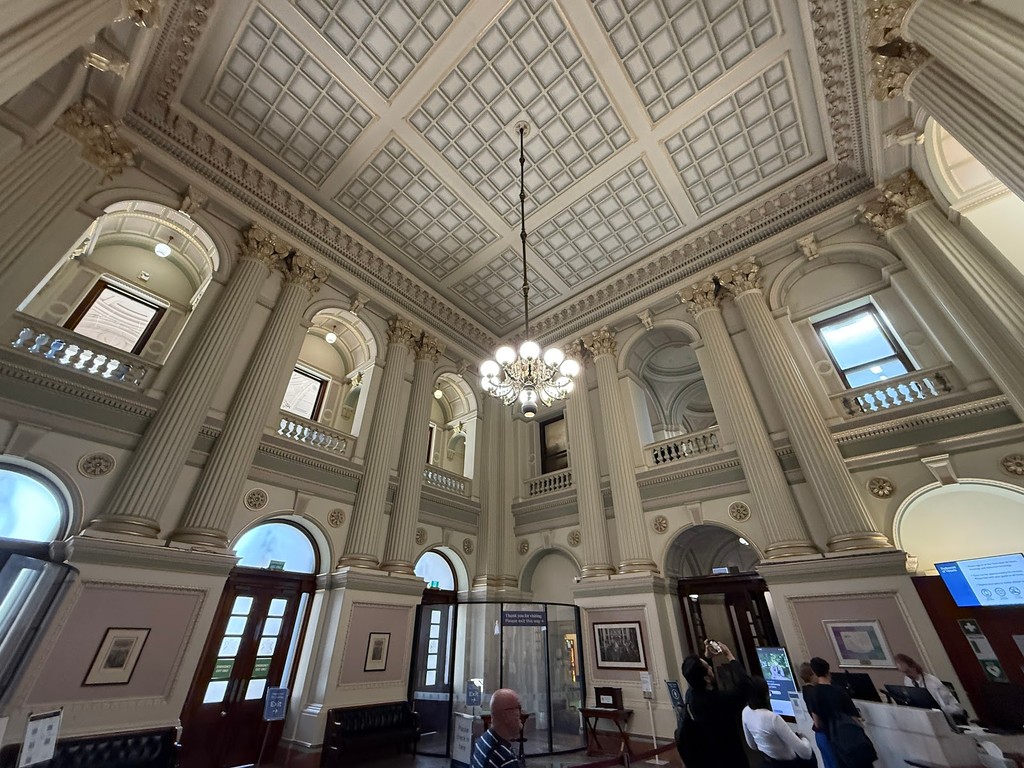
Parliament House, Melbourne (Source: Google Maps)
Parliament House is the seat of the Parliament of Victoria, showcasing grand neoclassical architecture that reflects the city’s political history. Completed in 1929, the building features a stunning façade and a magnificent interior, with ornate chambers and public galleries that are open to visitors. It plays a crucial role in the governance of Victoria and is a symbol of democracy and civic pride. The site is not only a hub for political activity but also hosts public tours that educate visitors about the legislative process and the history of governance in the region, making it an essential stop for those interested in Melbourne's political landscape.

Your travels, your rules.
Create your own Free Walking Tours.
Set your preferences, distances and anything you want to do or see.
Completely free, no payment required.